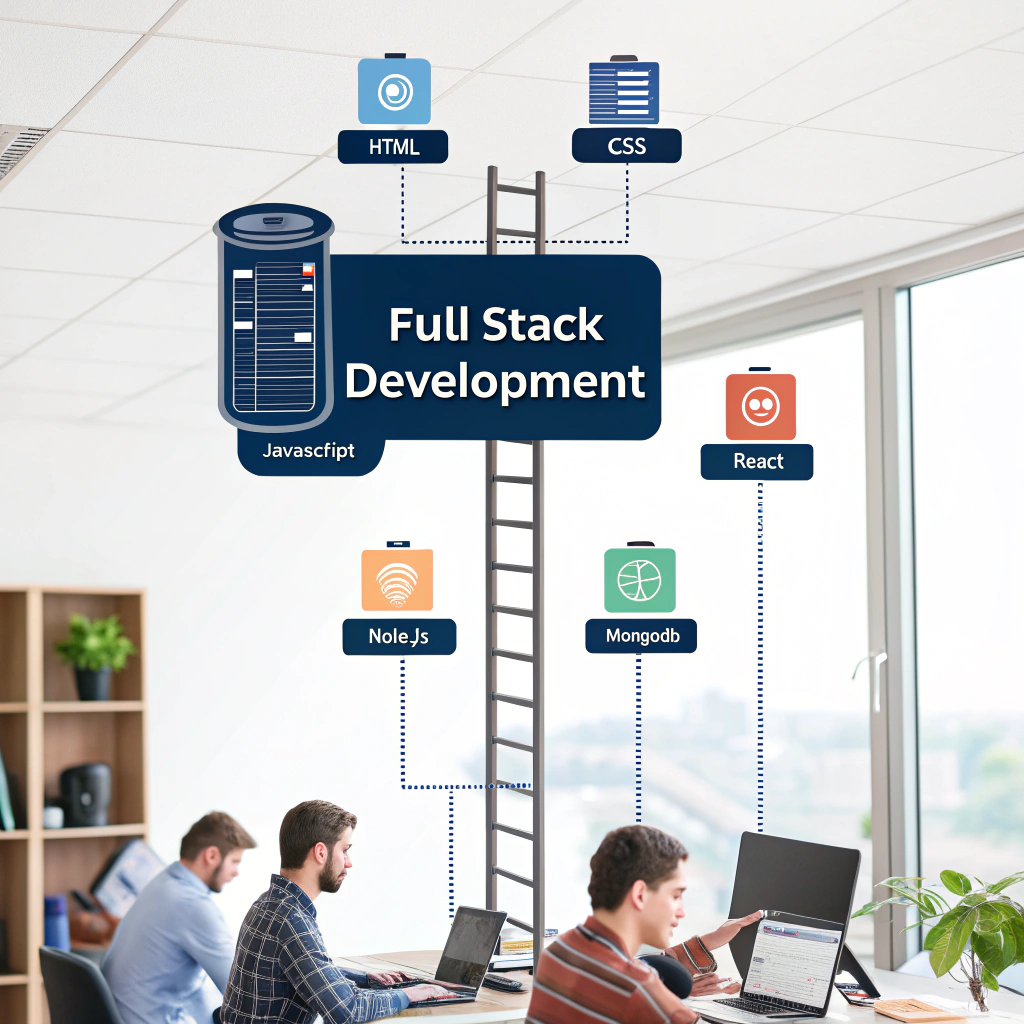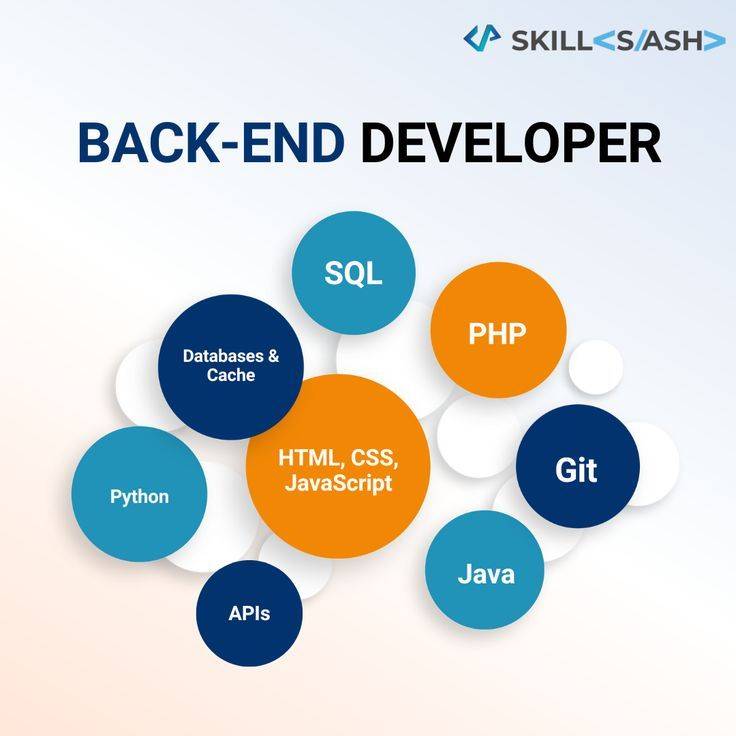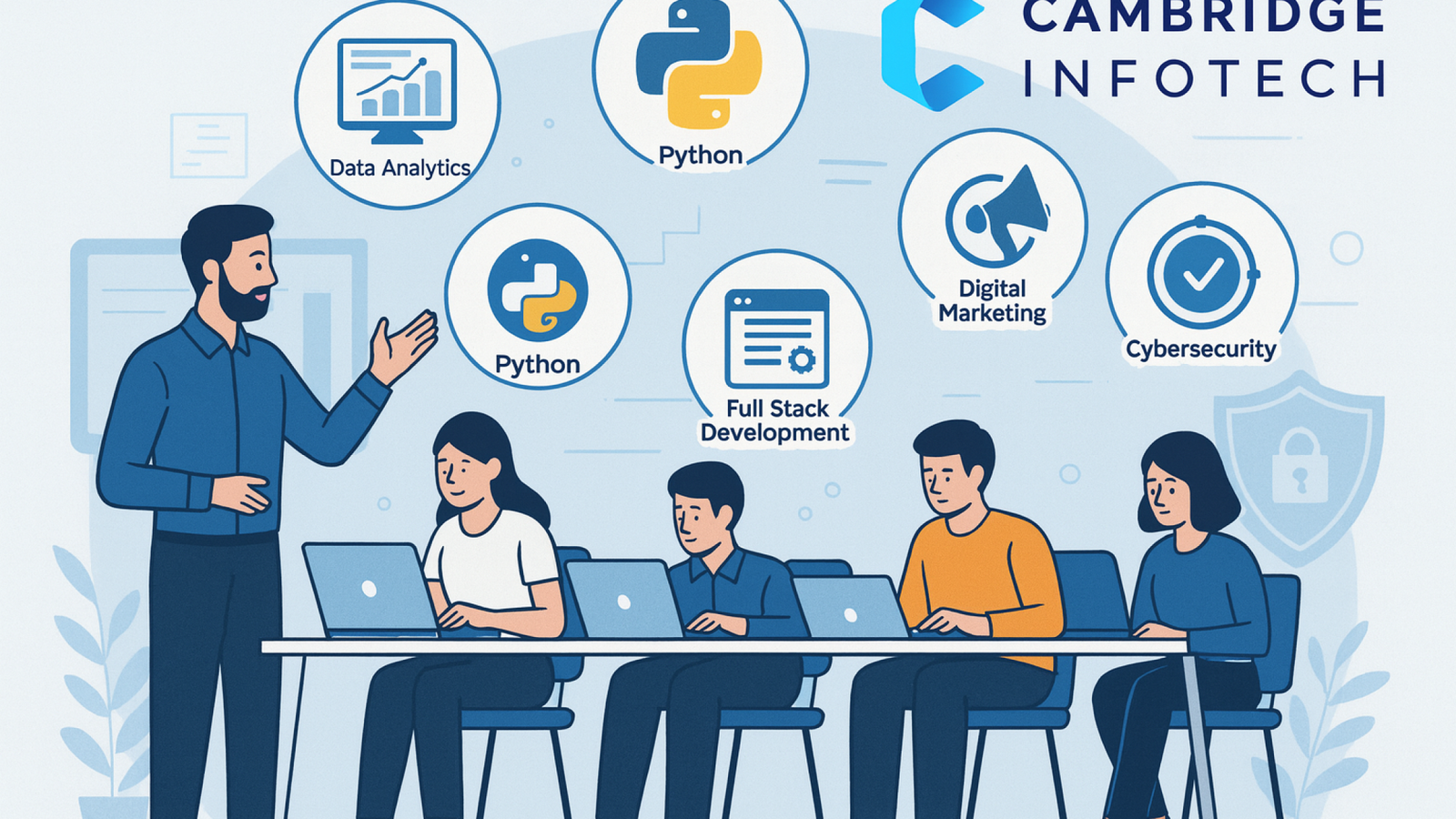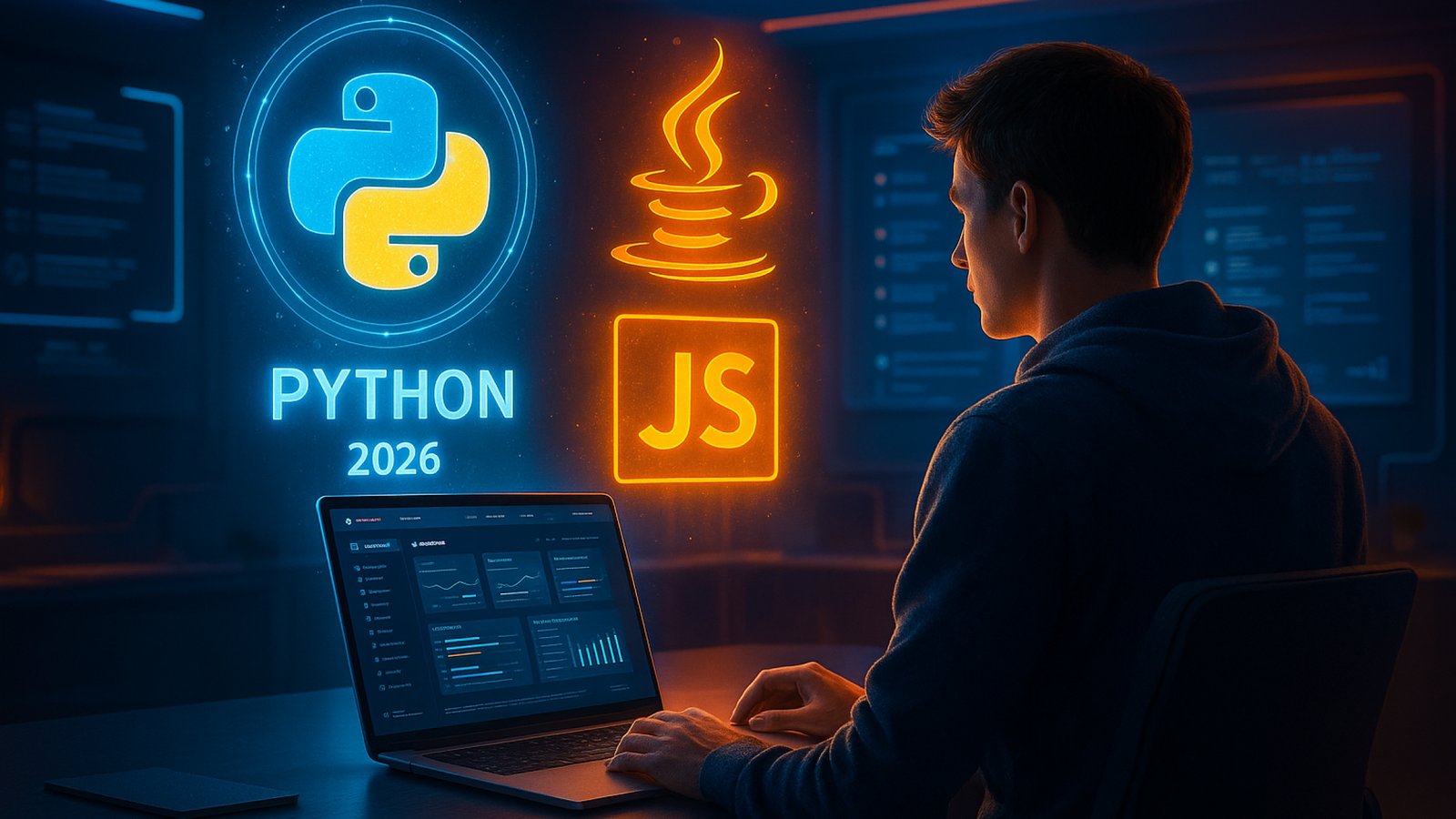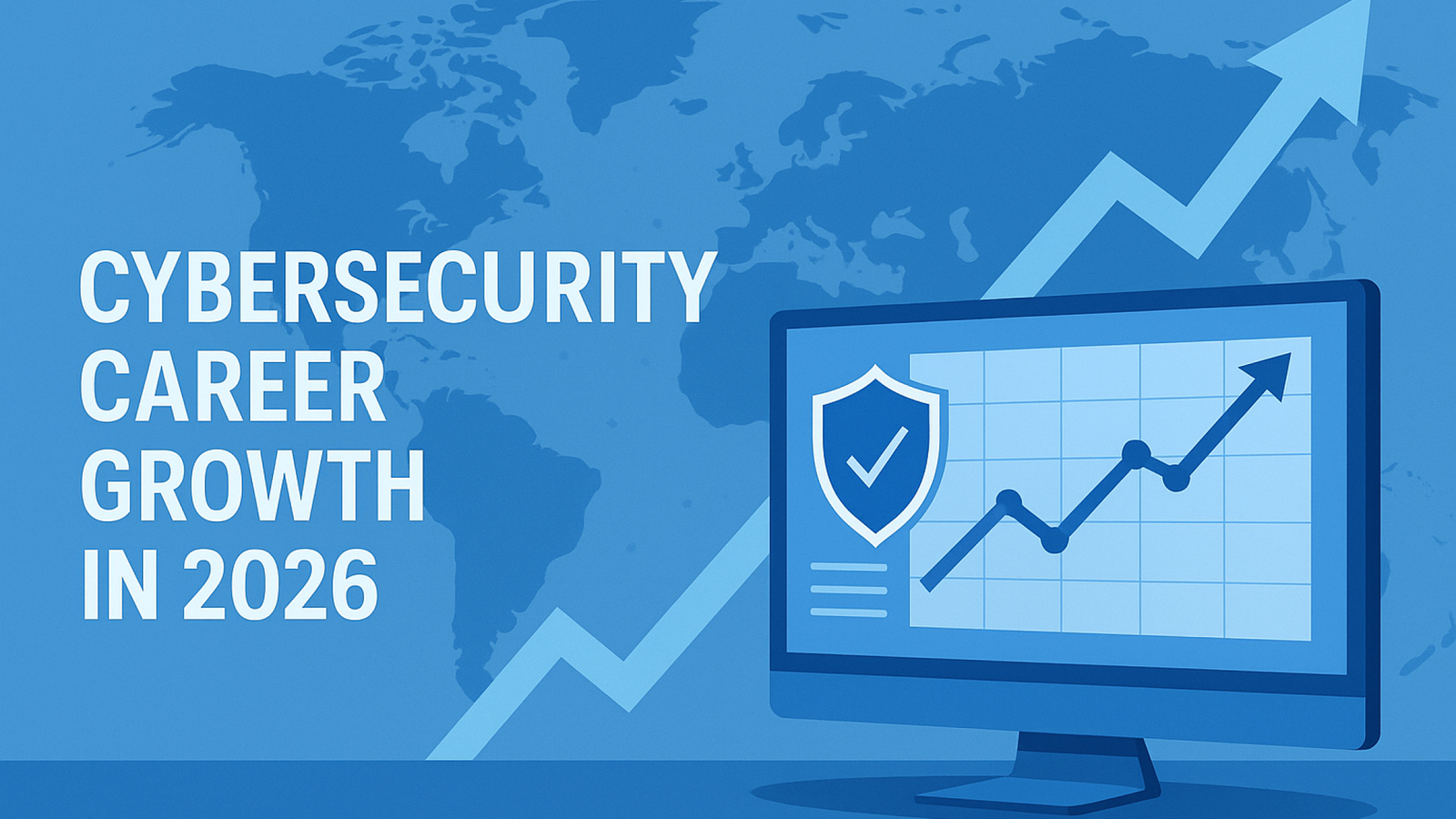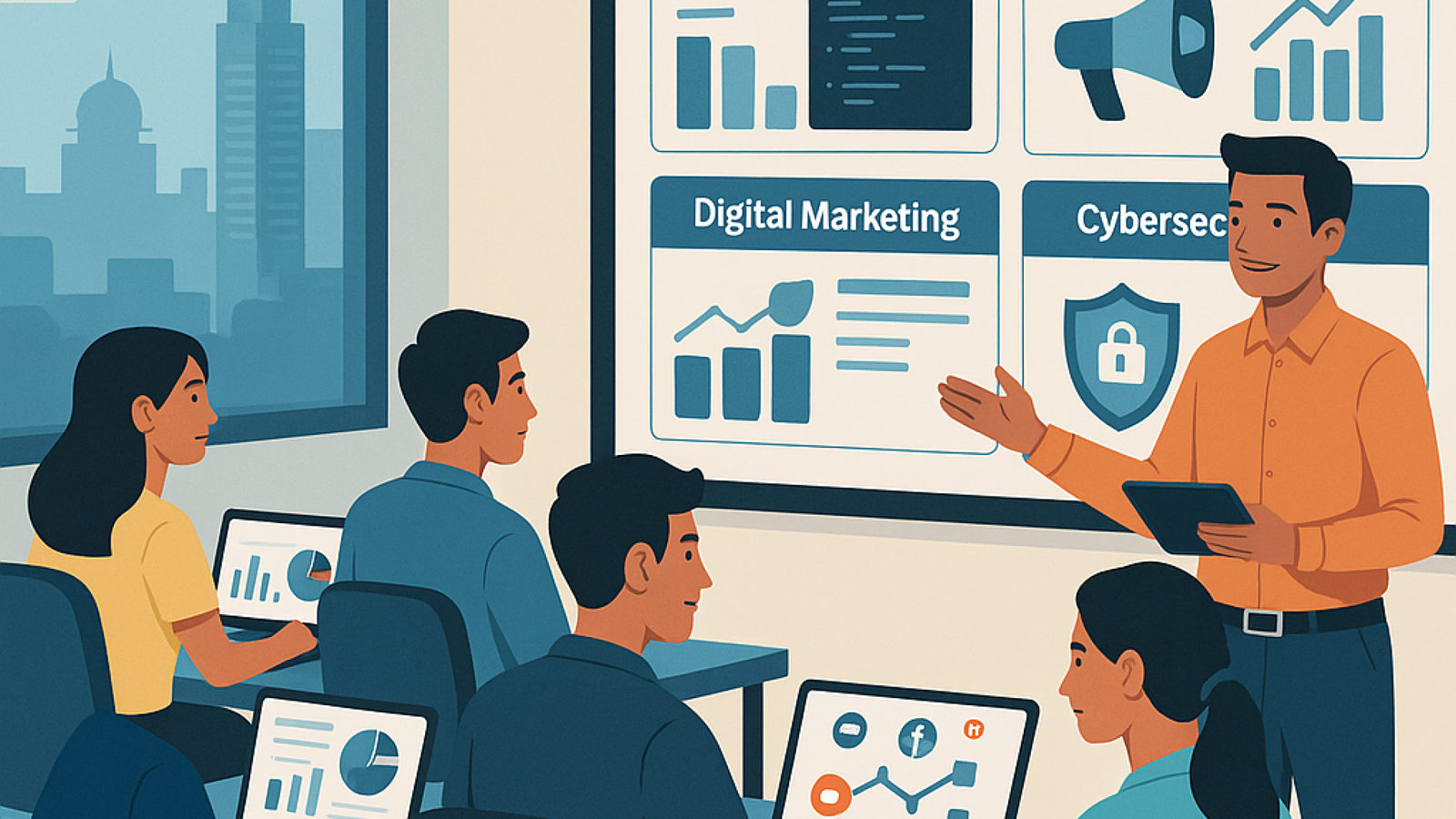7 Reasons to Choose Full Stack Development Course in 2025

Intro:
In today’s fast-paced digital world, the demand for skilled web developers is skyrocketing. Every business, from startups to multinational corporations, relies on robust web applications to interact with customers, streamline operations, and expand their reach. This rising demand has given birth to one of the most sought-after careers in the IT industry. A Full Stack Development Course is the ideal way to gain the skills necessary to thrive in this dynamic field.
 What is Full Stack Development?
What is Full Stack Development?
Before diving into the course itself, it’s crucial to understand what full stack development entails. A full stack developer is a professional capable of handling both the front-end and back-end of a web application. While front-end development deals with what users see and interact with on a website or app, back-end development manages the server, databases, and application logic. A full stack developer bridges the gap between these two domains, ensuring seamless functionality and user experience.
Enrolling in a Full Stack Development Course equips you with the technical expertise required to design, build, and maintain complete web applications. It covers a variety of technologies and programming languages, including HTML, CSS, JavaScript, React, Angular, Node.js, Python, Django, SQL, and MongoDB, among others. By mastering both front-end and back-end technologies, students gain the versatility to tackle complex projects and contribute to different stages of software development.
Why Full Stack Development Skills Are Crucial in 2025
The technology landscape is constantly evolving, and companies are looking for developers who can adapt quickly. Full stack developers offer a unique advantage because they can handle multiple aspects of development, making them highly valuable to employers. In 2025, the IT job market is more competitive than ever, and businesses prefer hiring professionals who can manage end-to-end development rather than just a single niche.
Some key reasons full stack development skills are crucial include:
Cost Efficiency for Companies: Hiring one full stack developer is often more cost-effective than hiring multiple specialists for front-end and back-end tasks.
Faster Project Delivery: Full stack developers understand the entire workflow, allowing for smoother coordination and quicker development cycles.
Flexibility and Problem-Solving: Their broad skill set enables them to troubleshoot issues across the stack, reducing dependency on multiple teams.
High Demand Across Industries: From tech startups to finance, healthcare, e-commerce, and education, all industries need web applications, increasing demand for full stack developers.
By completing a Full Stack Development Course, you position yourself as a versatile and indispensable professional in the IT industry, ready to meet the challenges of modern software development.
Who Should Take a Full Stack Development Course?
A full stack development course is not just for aspiring developers. Its benefits extend to a wide range of individuals looking to enhance their technical skills and career prospects. The course is ideal for:
Beginners in Programming: Even if you have minimal coding knowledge, a structured full stack course can provide a clear roadmap to become a professional developer.
Frontend Developers: Those who already specialize in front-end technologies can expand their expertise to back-end development and become full stack professionals.
Backend Developers: Similarly, backend developers can learn front-end frameworks to deliver complete applications independently.
Entrepreneurs and Startups: Business owners who want to create their own web applications or SaaS products benefit from understanding full stack development.
Students and Graduates: College students seeking high-paying job opportunities in IT can gain a competitive edge through full stack skills.
Core Components of a Full Stack Development Course
A comprehensive Full Stack Development Course covers a broad spectrum of technologies and concepts. Some of the essential modules include:
HTML, CSS, and JavaScript: These are the building blocks of front-end development. Students learn to create responsive, visually appealing web pages.
Front-End Frameworks: React.js, Angular, and Vue.js are widely used to build dynamic user interfaces.
Back-End Programming: Languages and frameworks such as Node.js, Python (Django/Flask), and Java help in building the server-side logic.
Databases: SQL (MySQL/PostgreSQL) and NoSQL (MongoDB) databases store and manage data efficiently.
Version Control Systems: Git and GitHub are essential tools for collaboration and code management.
RESTful APIs and Microservices: These are used to integrate and manage data between the client and server.
DevOps and Cloud Basics: Tools like Docker, AWS, and Azure are introduced for deployment and cloud management.
Projects and Portfolio: Real-world projects help students apply what they’ve learned and build a portfolio to showcase their skills to potential employers.
Benefits of Completing a Full Stack Development Course
Taking a Full Stack Development Course comes with numerous advantages that can significantly impact your career:
High Earning Potential: Full stack developers are among the top-paid professionals in IT due to their versatile skill set.
Career Flexibility: With expertise in both front-end and back-end, you can switch roles or industries easily.
Entrepreneurial Opportunities: You can independently develop and launch web applications or SaaS products.
Job Security: As businesses continue to adopt digital solutions, full stack developers are in high demand, ensuring long-term career stability.
Professional Growth: Full stack skills open doors to leadership roles such as Technical Lead, Project Manager, or Solutions Architect.
Why Choose Cambridge Infotech for Your Full Stack Development Course?
Cambridge Infotech, located in Bangalore, is a premier IT training institute offering industry-aligned Full Stack Development Courses. The institute provides:
Expert Trainers: Learn from experienced professionals who have worked on real-world projects.
Hands-On Learning: Live projects and coding exercises help students gain practical experience.
Placement Assistance: 100% placement support to help students land high-paying jobs in top IT companies.
Updated Curriculum: Courses are designed according to the latest trends and technologies in 2025.
Flexible Learning Options: Both classroom and online modes are available to suit working professionals and students.
Career Opportunities After Full Stack Training
Once you complete a Full Stack Development Course, a world of opportunities opens up. Potential career paths include:
 With the skills acquired, you can work in top IT companies, startups, or even launch your own software solutions.
With the skills acquired, you can work in top IT companies, startups, or even launch your own software solutions.
Industry Demand and Salary Insights
Full stack developers are among the most sought-after professionals in the tech industry. Entry-level developers in India earn around ₹4-6 lakh per year, while experienced developers can command ₹15-25 lakh per year. Globally, the salary is significantly higher, making full stack development a lucrative career choice.
Frontend Development in a Full Stack Development Course – Build Stunning Web Interfaces
Frontend development is a critical component of a Full Stack Development Course, as it deals with everything that users interact with on a website or web application. While backend development ensures the functionality of a web app, frontend development focuses on delivering a seamless user experience (UX) and a visually appealing user interface (UI). In today’s competitive digital world, businesses require websites that are responsive, interactive, and fast-loading, making skilled frontend developers highly valuable.
What is Frontend Development?
Frontend development, often referred to as client-side development, involves creating the visual elements of a website or application that users can see and interact with. This includes layouts, buttons, menus, forms, animations, and content display. A Full Stack Development Course ensures that learners master these technologies so they can design interfaces that are both functional and aesthetically pleasing.
Key responsibilities of a frontend developer include:
By mastering frontend technologies, full stack developers can create web applications that not only work efficiently but also provide an exceptional user experience.
Core Frontend Technologies Covered in a Full Stack Development Course
A comprehensive Full Stack Development Course includes training on essential frontend technologies such as HTML, CSS, JavaScript, and popular frameworks like React.js or Angular. Let’s break these down:
1. HTML (Hyper Text Markup Language)
HTML is the foundation of every website. It provides the structure and content of web pages. In a full stack course, you’ll learn:
Creating semantic and accessible web pages
Structuring content using headings, paragraphs, lists, and tables
Embedding media like images, videos, and audio
Building forms for user input
Linking web pages using hyperlinks
HTML is essential for full stack developers because it serves as the backbone of both static and dynamic websites.
2. CSS (Cascading Style Sheets)
CSS is used to style HTML elements and make websites visually appealing. In a full stack development course, you’ll learn:
Applying colors, fonts, and animations
Creating hover effects, transitions, and interactive UI elements
Implementing media queries for mobile-first design
Understanding best practices for clean, maintainable CSS
CSS ensures that web applications are not only functional but also visually engaging and user-friendly.
3. JavaScript
JavaScript is the core programming language of the web, enabling dynamic functionality and interactivity on web pages. A full stack development course covers:
Variables, data types, and functions
DOM manipulation for dynamic content updates
Event handling for user interactions like clicks and form submissions
ES6+ features such as arrow functions, promises, and modules
Integrating APIs for fetching and displaying data
With JavaScript, developers can transform static web pages into interactive applications, which is crucial for modern web development.
4. Frontend Frameworks (React.js, Angular, Vue.js)
Frontend frameworks simplify web development by providing pre-built components and tools. Most Full Stack Development Courses focus on React.js, a popular framework used by top tech companies. You’ll learn:
Building reusable components for UI
Managing application state with Redux or Context API
Routing for multi-page applications
Handling forms and validations
Integrating with backend APIs to fetch or send data
Other frameworks like Angular or Vue.js may also be introduced to give students flexibility in choosing technologies for real-world projects.
Responsive Design and User Experience
A significant part of frontend development is creating web applications that adapt seamlessly to different screen sizes and devices. A Full Stack Development Course emphasizes:
Mobile-first design to ensure optimal performance on smartphones and tablets
Grid systems and media queries for flexible layouts
Fast-loading websites for better user engagement
Accessibility standards to make applications usable for all users, including those with disabilities
By mastering responsive design principles, developers ensure that web applications are visually appealing and functional on all devices, which is essential for modern businesses.
Frontend Tools and Best Practices
A full stack course also introduces students to essential frontend development tools that improve productivity and code quality:
Version control systems (Git & GitHub): For managing code and collaboration
Code editors (VS Code, Sublime Text): Optimized for HTML, CSS, and JavaScript
Browser developer tools: For debugging and testing
Package managers (npm, Yarn): For installing and managing libraries
Task runners (Webpack, Gulp): To automate repetitive tasks
In addition, students learn best practices, such as clean code, modular design, and consistent naming conventions, which are critical for maintaining large-scale web applications.
Hands-On Projects in Frontend Development
Practical experience is a core component of any Full Stack Development Course. Students work on real-world projects to apply their frontend skills, including:
Building a personal portfolio website
Designing a responsive e-commerce website
Creating a dynamic blog platform
Developing interactive dashboard applications
Integrating APIs for real-time data display
These projects help learners gain confidence, practical skills, and a strong portfolio that attracts potential employers.
Why Frontend Skills Are Vital in Full Stack Development
While backend development ensures the functionality of applications, frontend skills are equally important because they define how users experience the product. Full stack developers with strong frontend expertise can:
Deliver complete projects independently
Collaborate effectively with designers and backend teams
Ensure the product is both functional and visually appealing
Increase their marketability and salary potential
Frontend development is not just about aesthetics; it’s about creating efficient, intuitive, and interactive web applications that provide value to users.
Cambridge Infotech’s Approach to Frontend Training
At Cambridge Infotech, the Full Stack Development Course emphasizes hands-on learning in frontend technologies:
Students receive individual attention from expert trainers
Learn using real-world examples and live projects
Training is updated according to latest industry trends in 2025
Students gain experience in both React.js and core JavaScript
Flexible learning options: online or classroom for convenience
This approach ensures that learners not only understand frontend concepts but can also implement them effectively in real projects, making them job-ready.
Backend Development in a Full Stack Development Course – Powering Web Applications
While frontend development creates the visual and interactive elements of a web application, backend development ensures that the application functions smoothly, securely, and efficiently. A complete Full Stack Development Course trains learners to master both frontend and backend technologies, equipping them to handle the entire development process. Backend development is often referred to as server-side development because it deals with everything that happens behind the scenes: databases, server logic, authentication, and API integration.
 What is Backend Development?
What is Backend Development?
Backend development is the brain of web applications. It manages the data, processes requests from users, and sends responses back to the frontend. Without a robust backend, even the most visually stunning frontend would fail to function. In a full stack course, students learn how to build scalable, secure, and high-performance backend systems.
Key responsibilities of backend developers include:
Writing server-side code for handling requests and responses
Managing databases and data storage
Implementing authentication and security measures
Integrating APIs and third-party services
Ensuring application performance and scalability
Mastering backend development is essential for anyone pursuing a career as a full stack developer, as it allows you to create fully functional applications independently.
Core Backend Technologies in a Full Stack Development Course
A comprehensive Full Stack Development Course provides training in multiple backend technologies and frameworks. These include:
1. Node.js
Node.js is a popular JavaScript runtime environment that allows developers to write server-side code using JavaScript. Key topics covered in a full stack course include:
Setting up a Node.js environment
Creating RESTful APIs to communicate with frontend applications
Handling asynchronous operations with callbacks, promises, and async/await
Working with Node.js frameworks like Express.js for building robust applications
Error handling, logging, and debugging backend code
Node.js is widely used by companies for building scalable web applications and real-time systems, making it a vital part of backend training.
2. Python and Django/Flask
Python is another essential backend language due to its simplicity and versatility. A full stack course often covers frameworks like Django and Flask, which streamline backend development:
Django: A high-level framework for building full-featured web applications quickly
Flask: A lightweight framework for smaller applications and APIs
Topics include routing, templating, ORM (Object Relational Mapping), and database integration
Python-based backend development is highly valuable in the data-driven and AI-integrated applications space, making it a future-proof skill.
3. Java and Spring Boot
Some full stack courses also introduce Java and Spring Boot, particularly for enterprise-level applications:
Building scalable backend systems with Java
Understanding dependency injection and MVC architecture in Spring Boot
Creating REST APIs for frontend integration
Securing web applications with authentication and authorization
Java backend skills are in high demand for large corporations and enterprise software development.
Databases in Backend Development
Databases are a crucial component of backend development. A full stack course covers both SQL and NoSQL databases, enabling students to handle different types of data efficiently:
1. SQL Databases (MySQL, PostgreSQL)
Structured data storage using tables
Querying data with SQL commands (SELECT, INSERT, UPDATE, DELETE)
Designing relational database schemas
Implementing relationships between tables
Optimizing queries for performance
2. NoSQL Databases (MongoDB, Firebase)
Storing unstructured or semi-structured data using JSON-like documents
Flexible schema design for evolving applications
Fast data retrieval for large-scale applications
Integrating NoSQL databases with Node.js or Python backends
By mastering both SQL and NoSQL databases, full stack developers can choose the best storage solution for each project.
API Integration and Web Services
A key aspect of backend development is connecting the frontend with the backend through APIs (Application Programming Interfaces). In a Full Stack Development Course, students learn:
Creating RESTful APIs to serve data to the frontend
Consuming third-party APIs for features like payments, maps, or social media
Handling JSON and XML data formats
Securing APIs with authentication tokens (JWT, OAuth)
Implementing rate limiting and caching for performance optimization
API integration ensures seamless communication between different parts of the application, enabling a smooth and functional user experience.
Authentication and Security
Security is a critical part of backend development. Full stack courses cover essential practices to protect web applications:
Implementing user authentication (login/signup) and authorization
Encrypting passwords and sensitive data using hashing algorithms
Securing APIs and preventing common attacks (SQL injection, XSS, CSRF)
Implementing HTTPS and SSL certificates
Role-based access control for multi-user applications
A secure backend protects both the business and its users, which is why companies prioritize developers who understand these concepts.
Backend Development Tools and Best Practices
Backend development involves a range of tools and best practices that ensure efficiency and maintainability:
Version control (Git/GitHub): Essential for managing backend code
IDE (VS Code, PyCharm, IntelliJ): Optimized for backend programming
Debugging tools: Identify and fix server-side issues
Testing frameworks (Jest, Mocha, Pytest): Ensure reliable code
Deployment tools (Docker, AWS, Heroku): Deploy backend applications in production
Best practices, such as writing clean, modular code, following coding standards, and maintaining proper documentation, are emphasized in a full stack development course.
Hands-On Backend Projects in Full Stack Courses
Practical projects are a major component of backend training. Students build real-world applications to gain experience and confidence. Common projects include:
User Authentication Systems: Signup, login, password recovery, and role-based access
E-commerce Platforms: Backend logic for product catalogs, carts, and payment processing
Blog Applications: CRUD operations for posts, comments, and categories
API-based Applications: Integrating multiple APIs for weather, maps, or social media feeds
Dashboard Applications: Admin panels with analytics and reporting tools
These projects prepare learners to handle complex, real-world development tasks and showcase their skills to potential employers.
Why Backend Skills Are Essential in Full Stack Development
A full stack developer with strong backend skills can:
Build end-to-end applications independently
Handle database management and server-side logic efficiently
Integrate APIs and external services seamlessly
Optimize performance and scalability of web applications
Enhance employability and career growth in high-demand tech roles
Backend expertise is what transforms a visually appealing frontend into a fully functional, robust application.
Cambridge Infotech’s Approach to Backend Training
Cambridge Infotech offers an industry-aligned Full Stack Development Course that emphasizes practical backend skills:
Learn Node.js, Python, Django, and database integration from experienced trainers
Work on live backend projects with real-world scenarios
Flexible learning with classroom and online options for convenience
By combining theoretical knowledge with hands-on experience, Cambridge Infotech ensures that students become job-ready full stack developers capable of handling both frontend and backend tasks.
FAQs
What is a Full Stack Development Course?
A Full Stack Development Course is a training program that teaches both frontend and backend development. It covers technologies like HTML, CSS, JavaScript, React, Node.js, Python, and databases, preparing learners to build complete web applications.Who should enroll in a Full Stack Development Course?
This course is ideal for beginners, students, working professionals, frontend/backend developers, and entrepreneurs who want to gain end-to-end web development skills.What skills will I learn in a Full Stack Development Course?
You’ll learn frontend technologies (HTML, CSS, JavaScript, React), backend programming (Node.js, Python, Java), databases (SQL/NoSQL), API integration, authentication, and cloud deployment.How long does a Full Stack Development Course take?
Typically, a full stack course ranges from 3 to 6 months, depending on the mode of learning (online or classroom) and the depth of hands-on projects.Do I need prior coding experience to join this course?
No prior experience is required. Full Stack Development Courses often start with the basics of programming and gradually progress to advanced frontend and backend technologies.What career opportunities are available after completing a Full Stack Development Course?
Graduates can pursue roles such as Full Stack Developer, Frontend Developer, Backend Developer, Web Application Developer, Software Engineer, and Freelance Developer.What is the average salary of a full stack developer in India?
Entry-level full stack developers earn around ₹4–6 lakh per year, while experienced developers can earn ₹15–25 lakh per year. Global salaries are even higher in the US and Europe.Are there hands-on projects in a Full Stack Development Course?
Yes, practical projects are a key part of full stack training. Students work on portfolio websites, e-commerce platforms, dashboards, APIs, and real-world applications.Which institute is best for a Full Stack Development Course in Bangalore?
Cambridge Infotech is a leading IT training institute in Bangalore offering industry-aligned courses, expert trainers, hands-on projects, and 100% placement assistance.Can I switch from frontend to backend or vice versa after completing the course?
Absolutely! A Full Stack Development Course equips you with both frontend and backend skills, allowing you to switch roles, work independently, or specialize further in either area.
Ready to become a skilled Full Stack Developer and kickstart your IT career? Enroll in Cambridge Infotech’s industry-aligned Full Stack Development Course today and gain hands-on experience, expert guidance, and 100% placement support!”
Call/WhatsApp: 099024 61116
Visit our Website: cambridgeinfotech.io/
